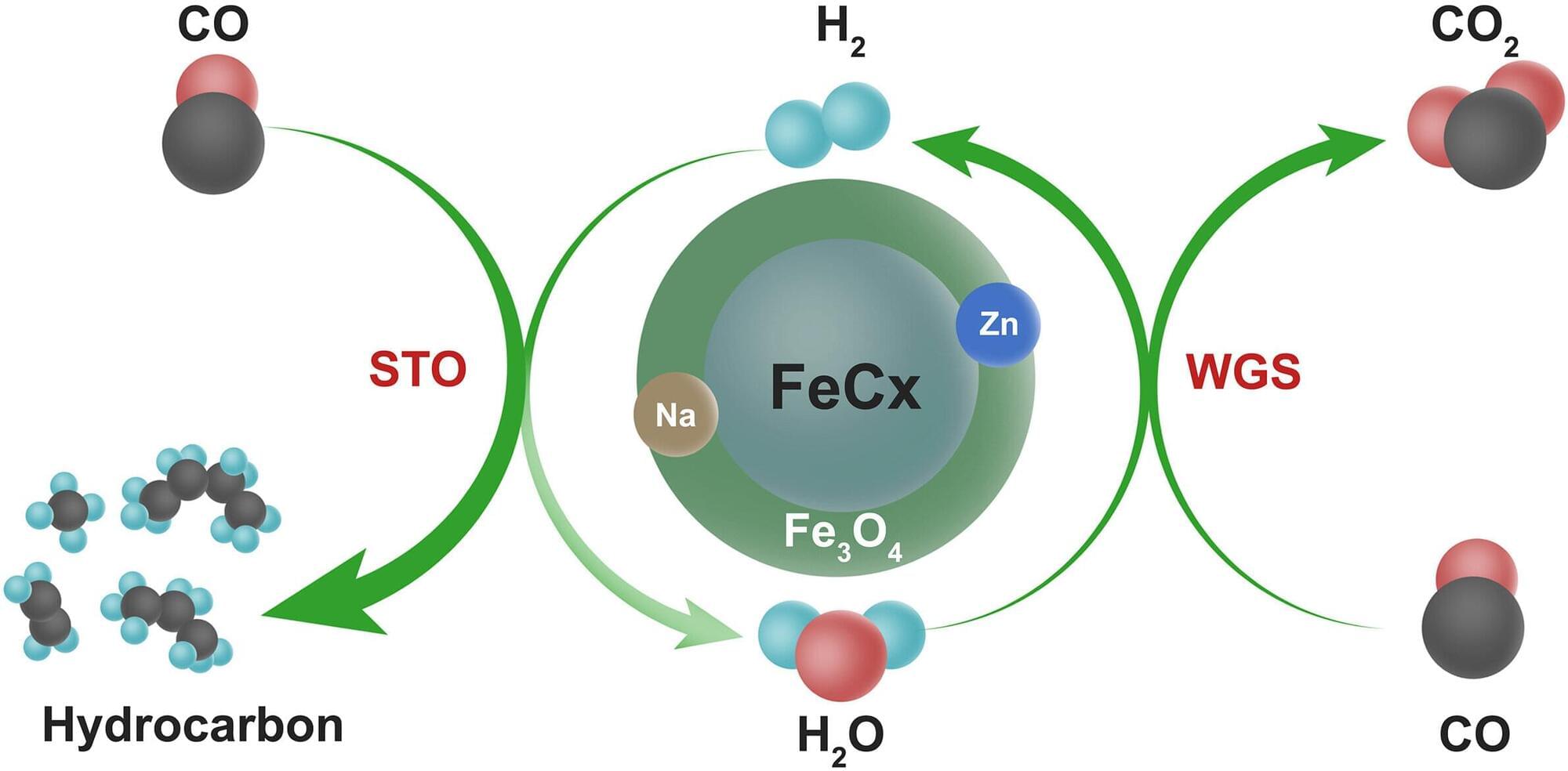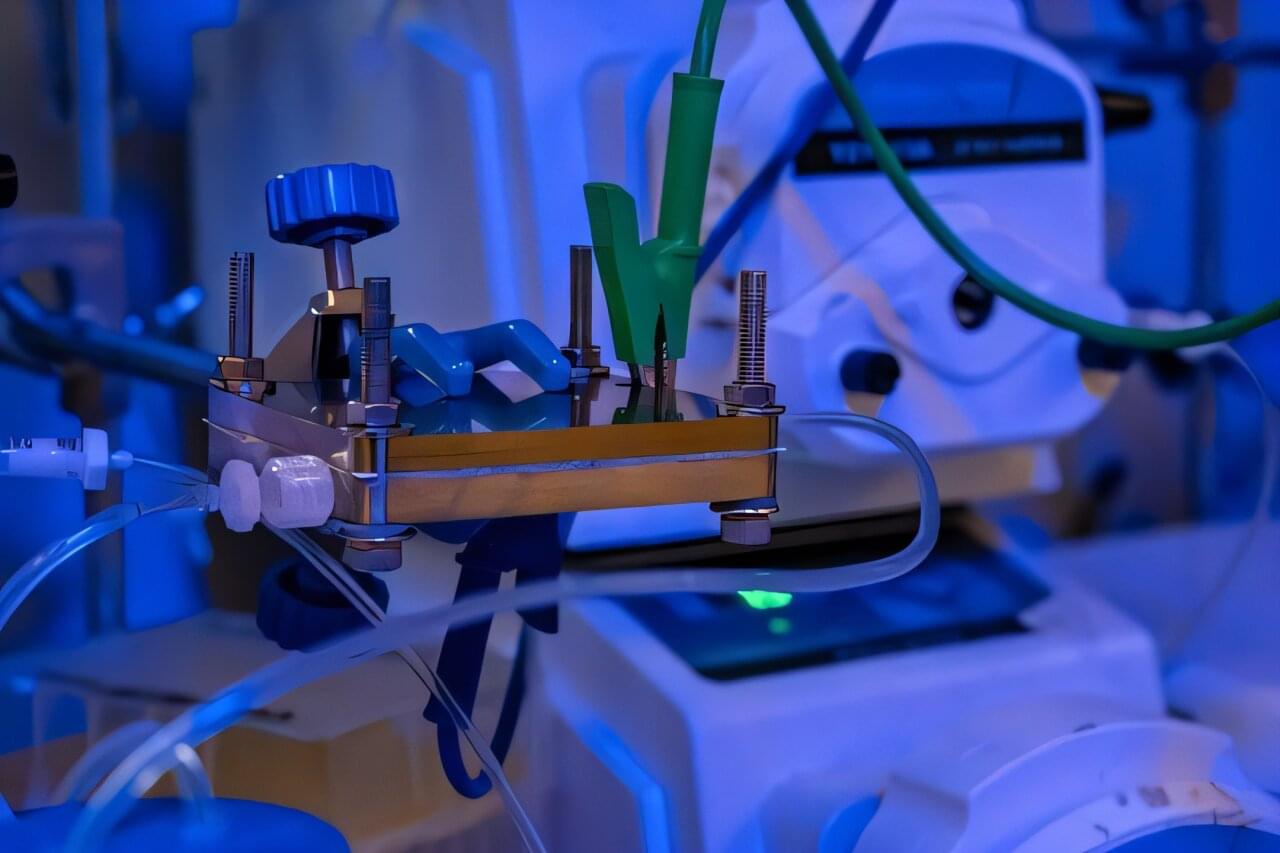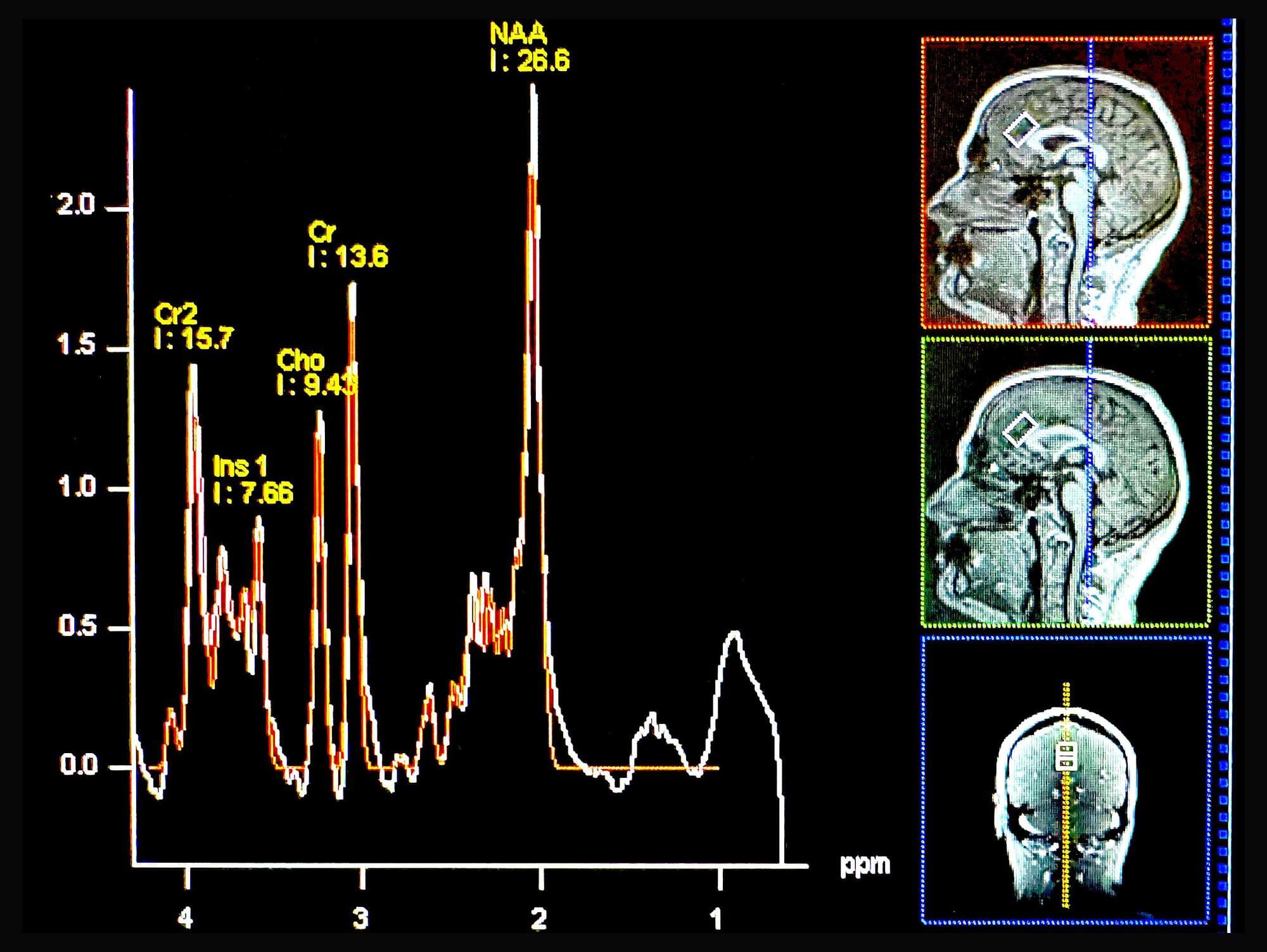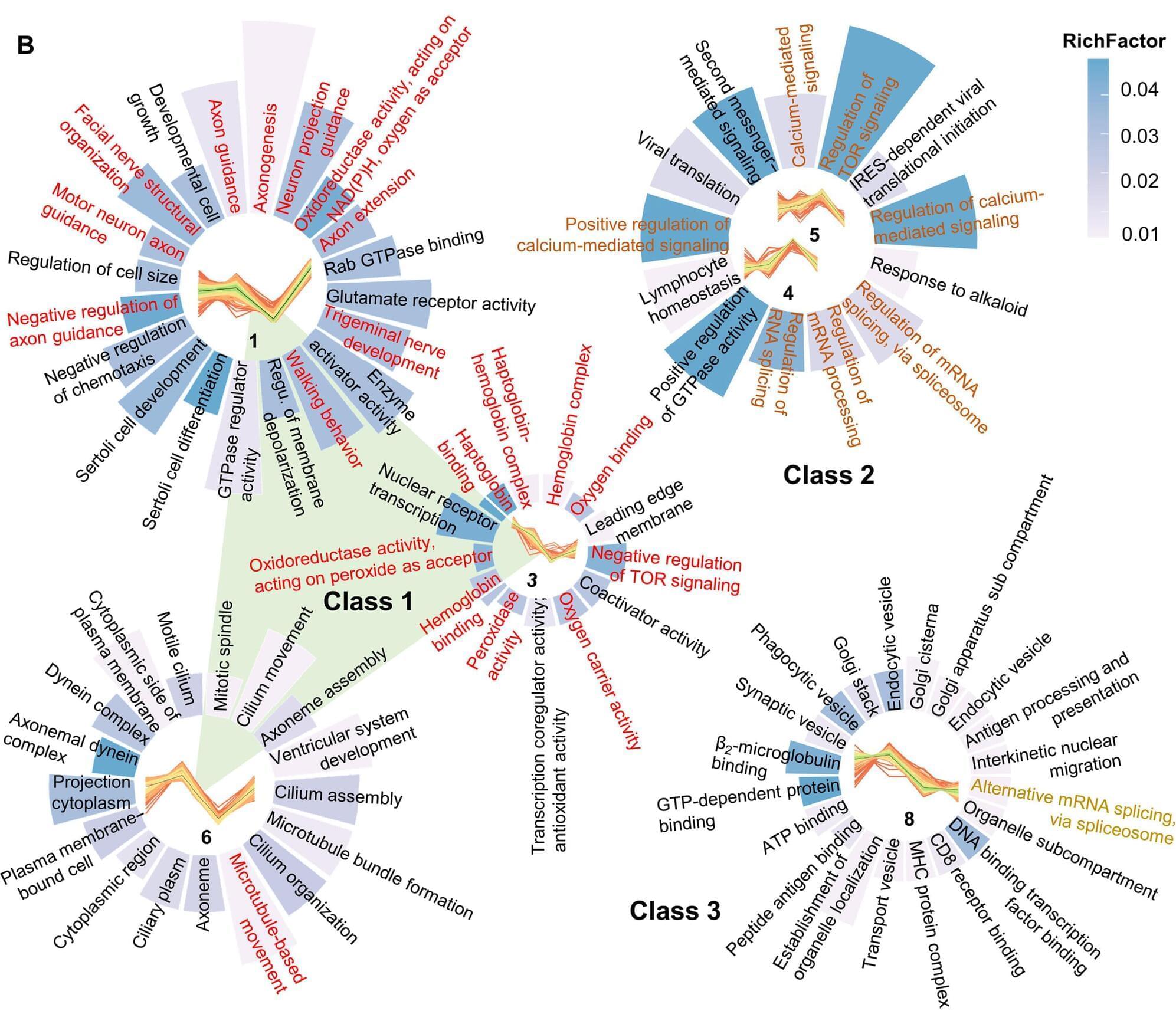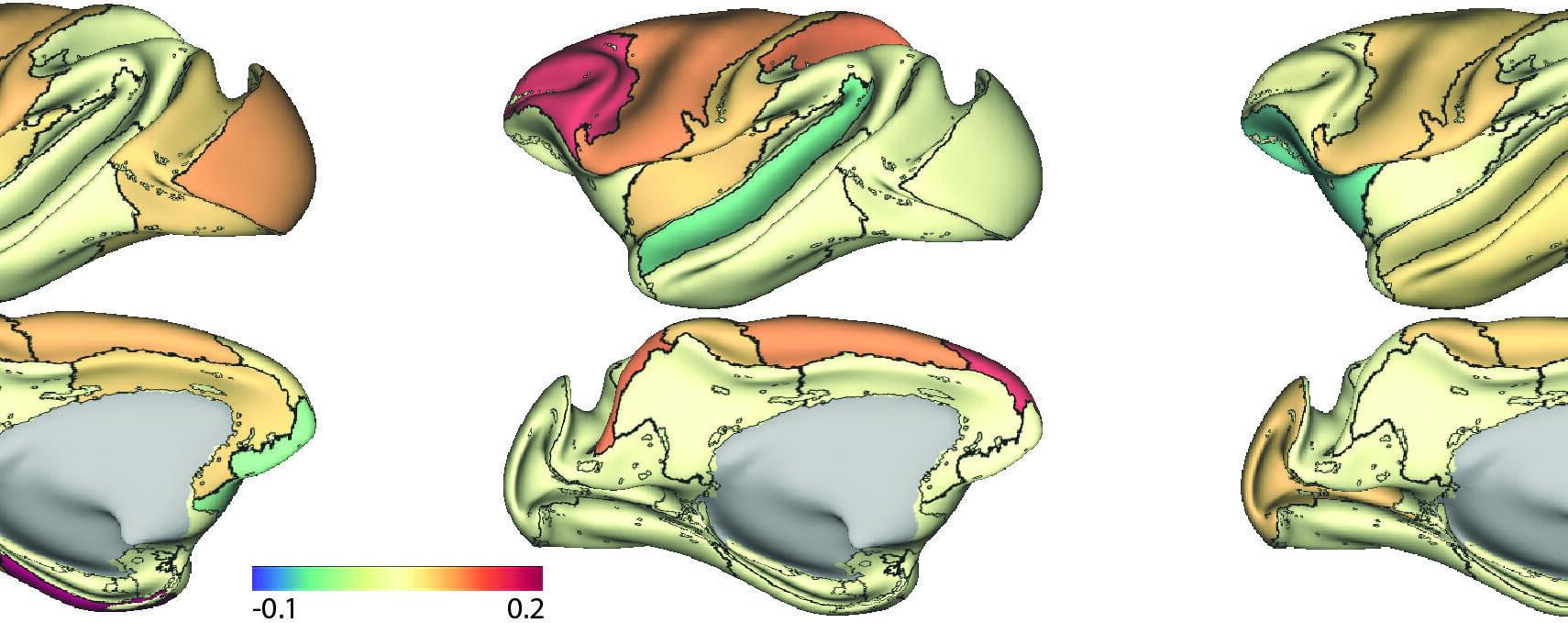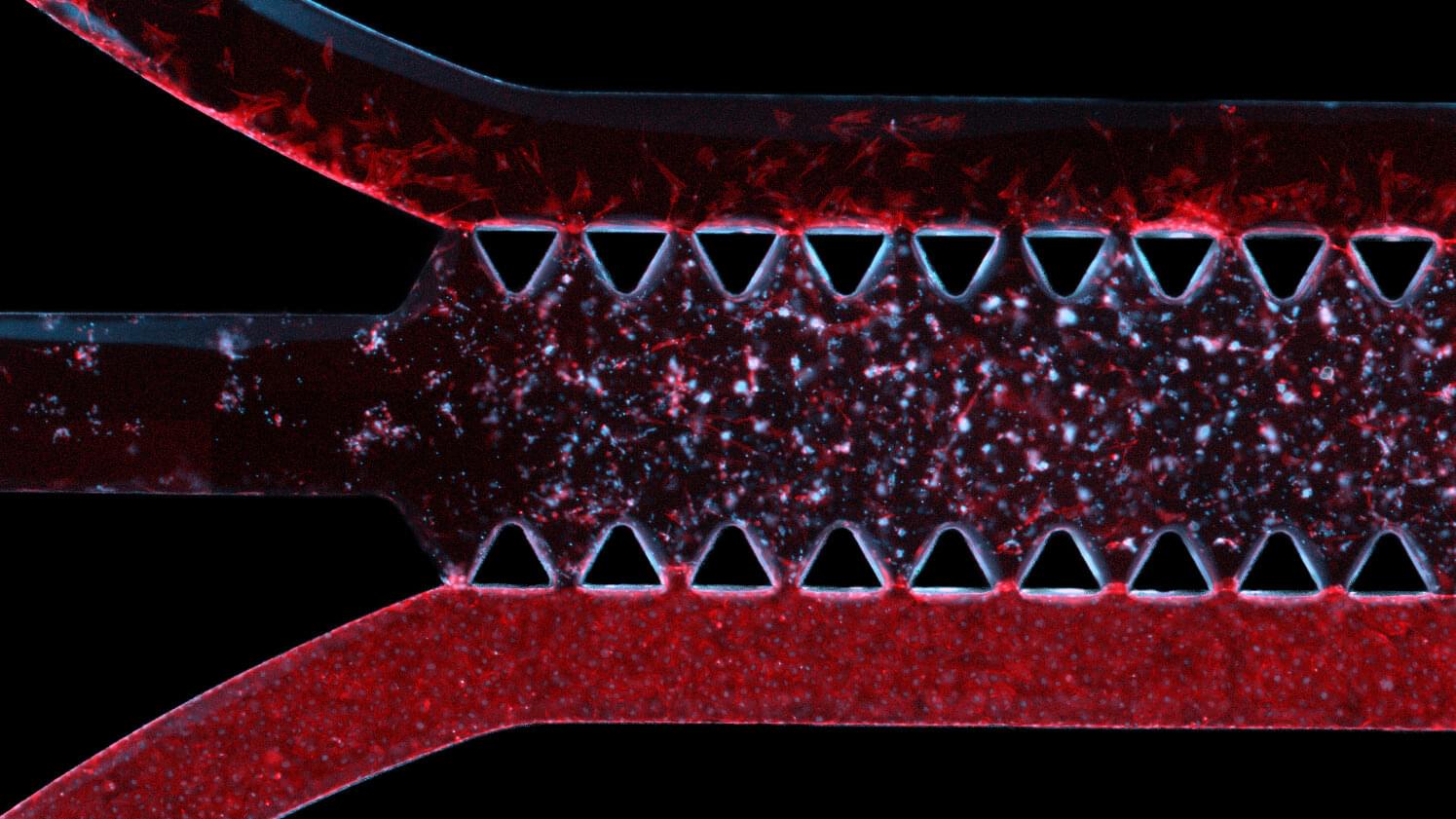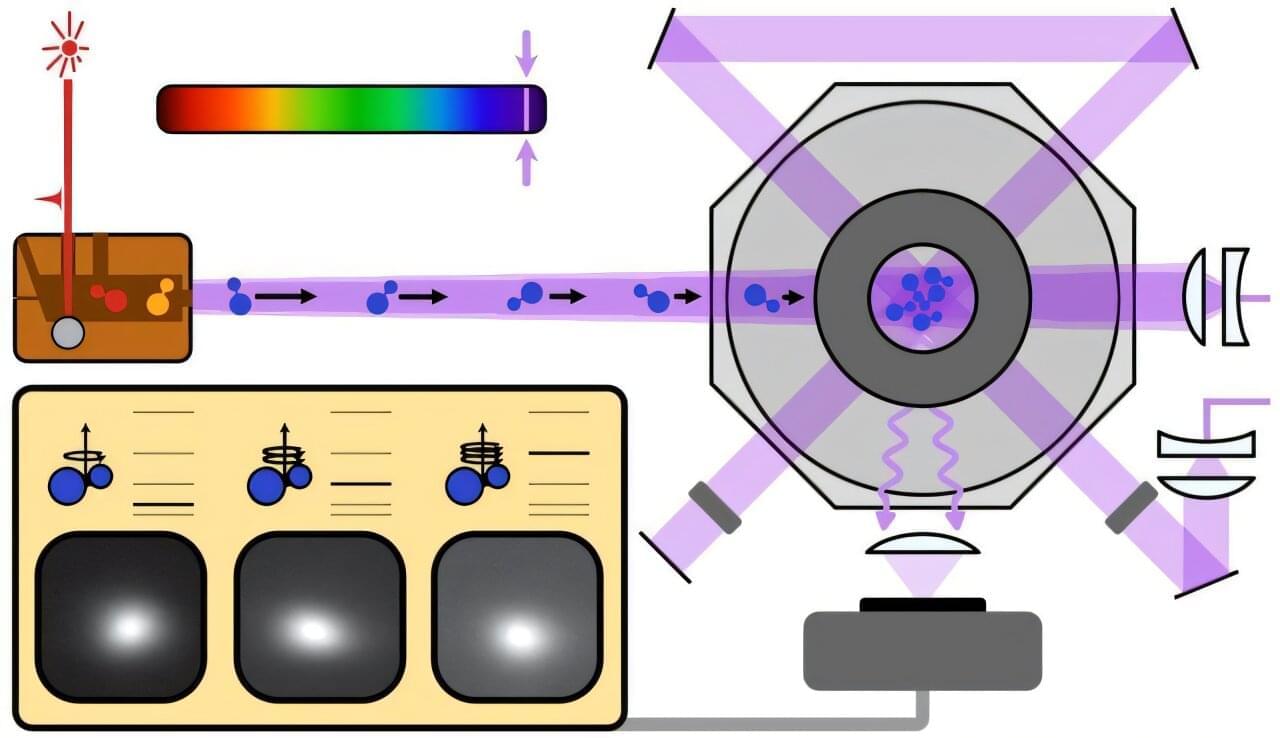Scientists have developed a new iron-based catalyst that improves the typically low hydrogen atom economy (HAE) in the direct synthesis of olefins—small hydrocarbon molecules. It converts the water produced as a by-product into hydrogen for olefin production, thereby boosting overall efficiency.
Olefins derived from petroleum are the building blocks for many plastics and fuels. Direct conversion of syngas—a mixture of carbon monoxide (CO) and hydrogen (H2)—into olefins offers a promising alternative to reducing reliance on petroleum. It opens ways for using syngas derived from coal, biomass, or natural gas as a feedstock for olefin production.
In this study published in Science, researchers presented a sodium-modified FeCx@Fe3O4 core-shell catalyst produced via coprecipitation and thermal treatment. The catalyst achieved over 75% olefin selectivity and a 33% by weight hydrocarbon yield. It also had an HAE of ~66–86%, which is significantly higher than the ~43–47% seen in the traditional syngas-to-olefin (STO) conversion methods.
